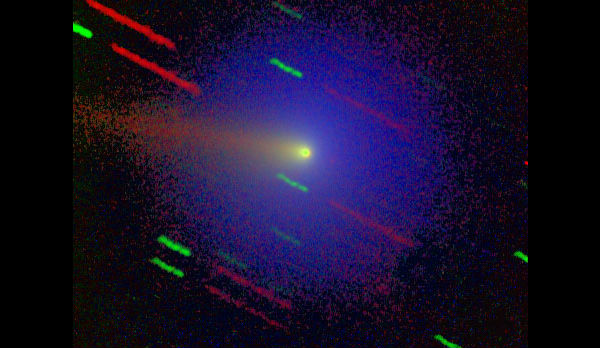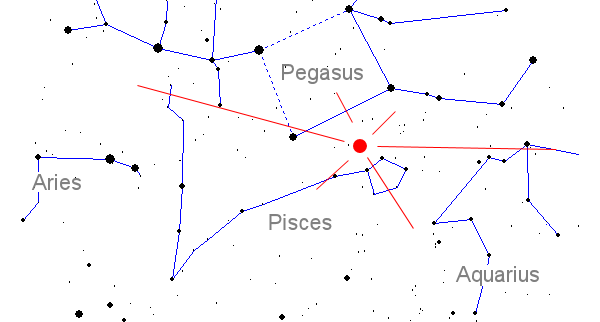New meteor shower escorts Geminids this year

A new meteor shower could make an appearance in the same time as Earth passes through a stream of debris from Comet 3200 Phaethon, also known as Geminids. The source of new meteor shower is Comet Wirtanen which is expected to peak tonight and tomorrow with as many as 30 meteors per hour. Computer models run by Russian forecaster Mikhail Maslov predict as many as four stream crossings between December 10th and 14th.
Meteors from the new shower could be visible in the early evening, with the Geminids making their appearance later on and lasting until dawn. So if you start skywatching just after sunset on December 13 it is possible that you could see crisscrossing debris streams with the greatest combined number of shooting stars.

This comet is relatively new to our observers. It was discovered in 1948 and although it has skirted Earth’s orbit many times, this would be the first time that Earth run into its debris stream. Its voyage around Sun takes 5.4 years and it reaches it closest point to the Sun just outside Earth’s orbit.
Astronomers will wait to see if meteors going to materialize before naming it. If Wirtanen bring us meteor shower, astronomers might call new meteor shower “Piscids“. The shower’s radiant is located in the constellation Pisces, according to Maslov’s dynamical models of the debris stream. Maslov also predicts that the meteors will be very slow-moving, which should help novice sky watchers distinguish them from the faster Geminids.


However, if Wirtanen pass without meteor shower, skywatchers are still bracing for one of the best meteor showers of the year. With no glaring Moon to spoil the show, observers in rural areas should be able to see as many as 120 Geminid meteors every hour. The best time to look is during the dark hours before sunrise on Friday, December 14, 2012.
Source: Science NASA
Featured image: Photo Max-Planck-Institut f|r Aeronomie, courtesy T. Credner, J. Jockers, T.Bonev

Commenting rules and guidelines
We value the thoughts and opinions of our readers and welcome healthy discussions on our website. In order to maintain a respectful and positive community, we ask that all commenters follow these rules.